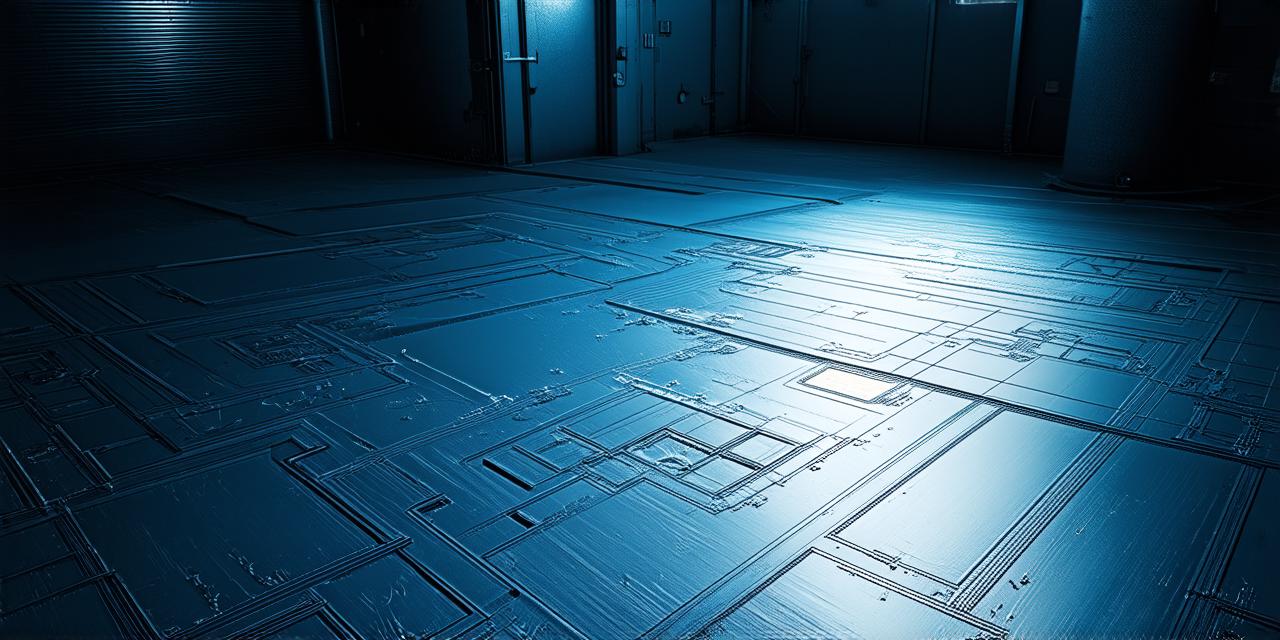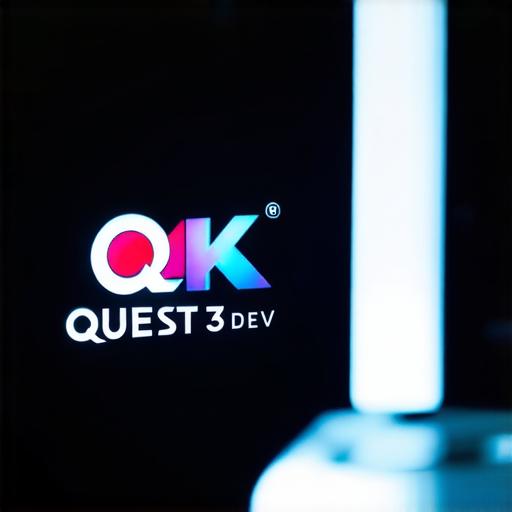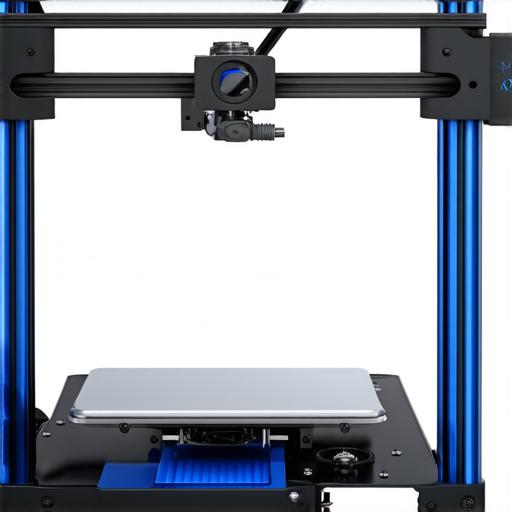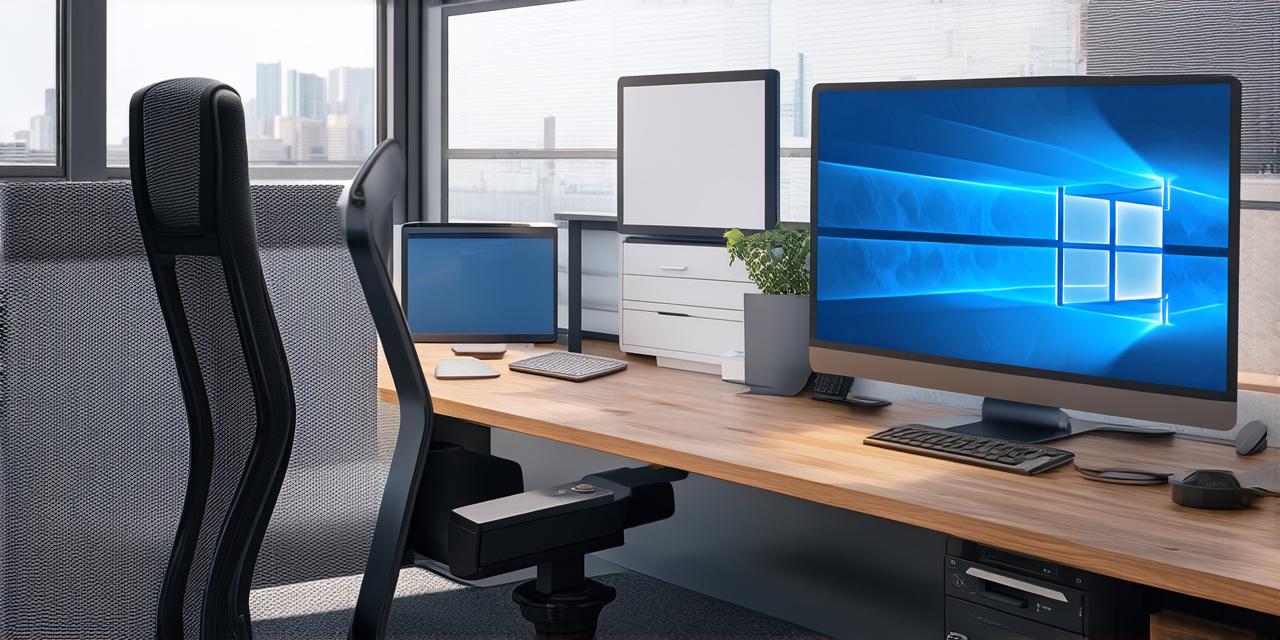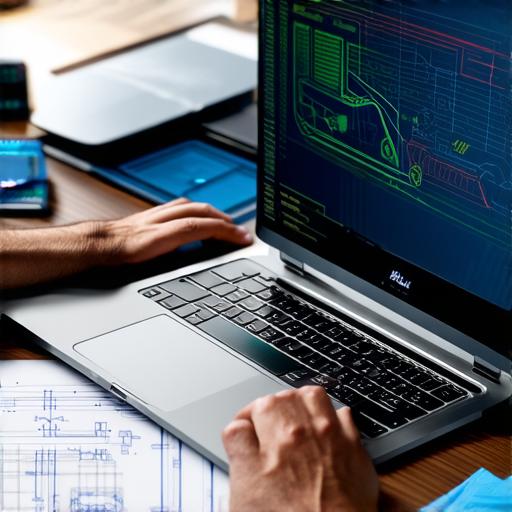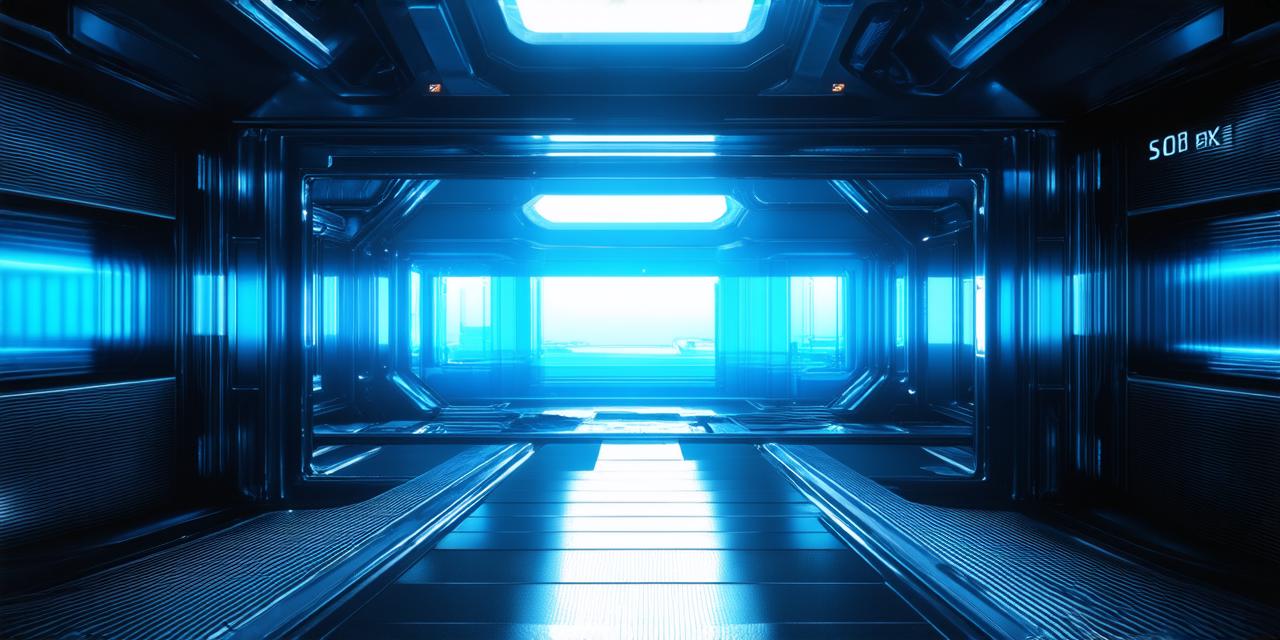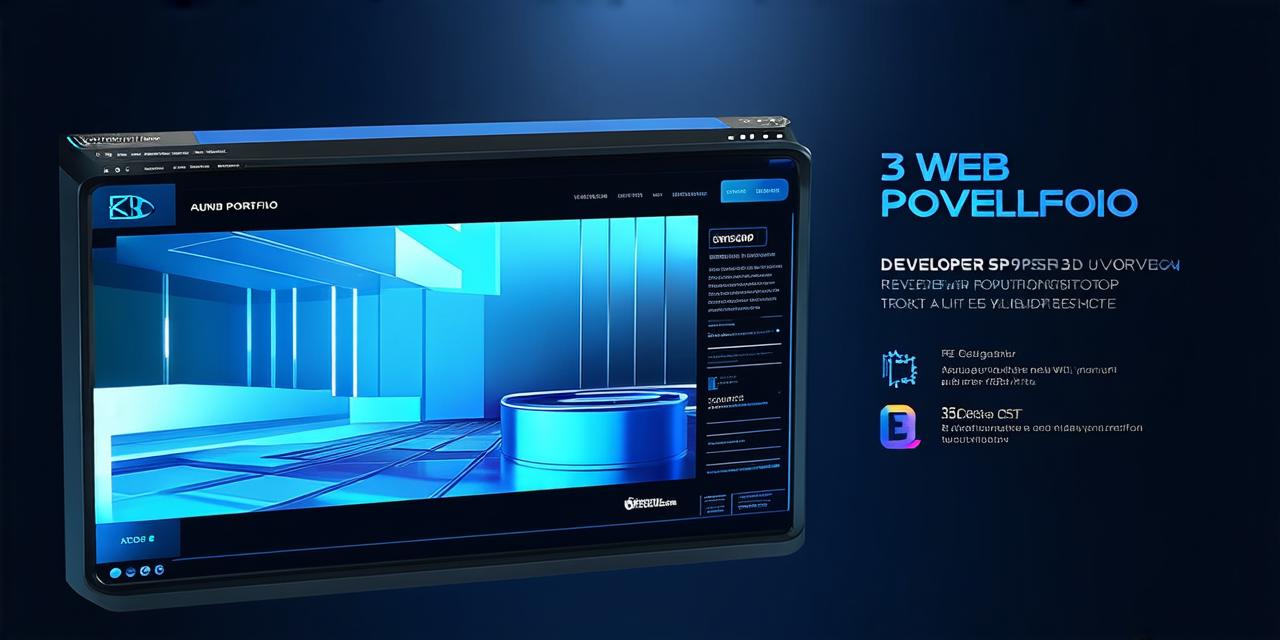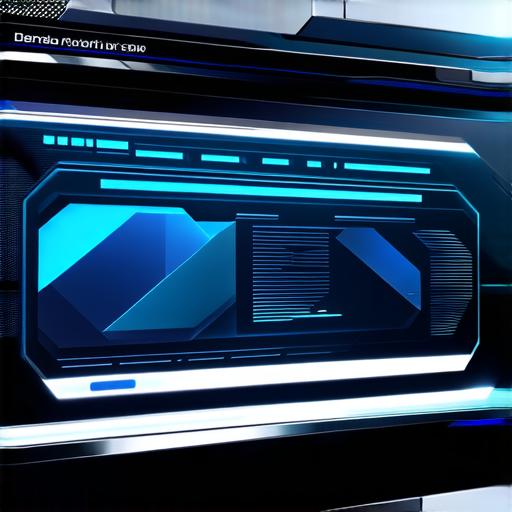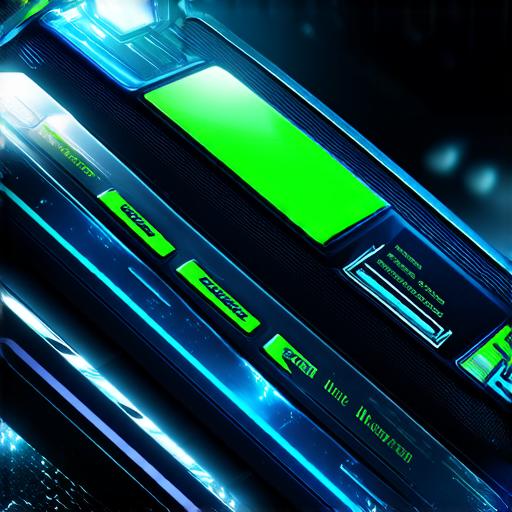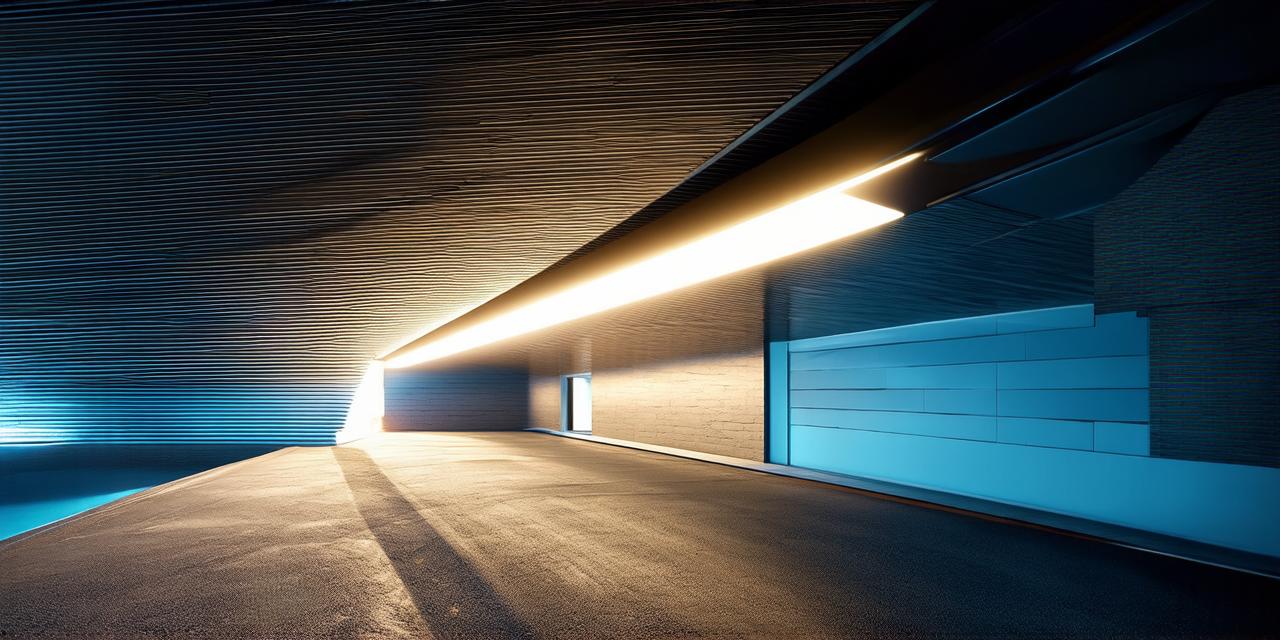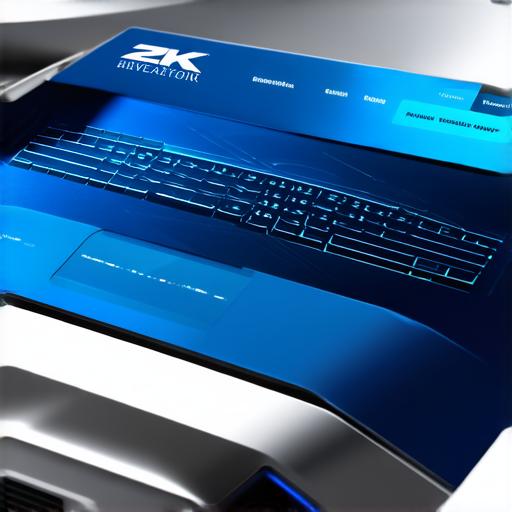What are the responsibilities of a 3D developer in the industry?
<!DOCTYPE html>
Introduction:
The world of 3D development is constantly evolving, with new technologies and techniques emerging all the time. As a result, the responsibilities of 3D developers are also changing.
In this comprehensive guide, we will explore what it takes to be a successful 3D developer in the industry today. We will look at the key skills and knowledge areas that you need to master, as well as the latest trends and developments in the field. By the end of this article, you will have a clear understanding of what it means to be a 3D developer and how you can succeed in this exciting and rewarding career.
Skills and Knowledge Areas:
To be a successful 3D developer, there are several key skills and knowledge areas that you need to master. These include:
- 3D modeling: One of the most important skills for a 3D developer is the ability to create 3D models. This involves using specialized software to design and create 3D objects, characters, and environments.
- Texturing: Texturing is the process of adding visual details to a 3D object or environment. This can include things like color, texture, and lighting effects.
- Lighting: Lighting is an essential element of any 3D scene. It can make or break the overall look and feel of the environment.
- Animation: Animation is the process of bringing 3D objects and characters to life. This involves creating movements and actions that make the scene more dynamic and engaging.
- Programming: Programming is a crucial component of many 3D development projects. It allows you to automate tasks, create interactive elements, and add custom functionality to your scenes.
- Project management: Finally, successful 3D developers must be able to manage projects effectively. This involves organizing tasks, setting deadlines, and communicating with team members.

Trends and Developments:
In addition to these core skills, there are several trends and developments in the 3D development industry that are worth keeping an eye on. These include:
- Real-time rendering: Real-time rendering is a technique that allows you to create 3D scenes that can be viewed in real time, without the need for pre-rendering. This technology is becoming increasingly popular in industries like gaming and virtual reality.
- Virtual production: Virtual production is a technique that combines live-action filmmaking with 3D computer graphics. It allows filmmakers to create realistic environments and visual effects on set, which can save time and money compared to traditional methods.
- Artificial intelligence: Artificial intelligence (AI) is becoming an increasingly important tool for 3D developers. AI algorithms can be used to automate tasks like animation and lighting, as well as generate new content based on user input.
- Cloud-based software: Many 3D development tools are now available in the cloud, which allows you to access your projects from anywhere with an internet connection. This makes it easier for teams to collaborate and share work across different locations.
Case Studies and Personal Experiences:
To help illustrate these points, let’s take a look at some case studies and personal experiences from the world of 3D development.
1. Case Study: Real-time rendering in gaming
One example of real-time rendering in action can be seen in the game “Fortnite.” Fortnite uses real-time rendering to create its stunningly detailed environments, which are updated in real time as players move through the game world. This technology allows the game to run smoothly on even low-end hardware, making it accessible to a wide audience.
2. Personal Experience: Using AI in animation
As a 3D animator, I’ve used AI algorithms to automate some of my tasks. For example, I recently used an AI tool to generate a realistic animation for a character based on user input. This saved me a lot of time and allowed me to focus on more creative aspects of the project.
Conclusion:
In conclusion, being a successful 3D developer requires a diverse set of skills and knowledge areas. From 3D modeling and texturing to programming and animation, there’s no shortage of technical expertise needed in this field. In addition to these core skills, there are several trends and developments that are worth keeping an eye on, including real-time rendering, virtual production, artificial intelligence, and cloud-based software. By staying up-to-date with these developments and honing your skills, you can position yourself for success in this exciting and rewarding career.
FAQs:
Here are the answers to some frequently asked questions about 3D development:
- What are the most important skills for a 3D developer?
- How is real-time rendering changing the 3D development industry?
- What role does artificial intelligence play in 3D development?
- How is cloud-based software changing the way 3D developers work?
The most important skills for a 3D developer include 3D modeling, texturing, lighting, animation, programming, and project management.
Real-time rendering is becoming increasingly popular in industries like gaming and virtual reality, as it allows for more dynamic and interactive environments.
AI algorithms can be used to automate tasks like animation and lighting, as well as generate new content based on user input.
Cloud-based software allows teams to collaborate and share work across different locations, making it easier for developers to work together.
Conclusion:
In conclusion, being a successful 3D developer requires a diverse set of skills and knowledge areas. From 3D modeling and texturing to programming and animation, there’s no shortage of technical expertise needed in this field. In addition to these core skills, there are several trends and developments that are worth keeping an eye on, including real-time rendering, virtual production, artificial intelligence, and cloud-based software. By staying up-to-date with these developments and honing your skills, you can position yourself for success in this exciting and rewarding career.
